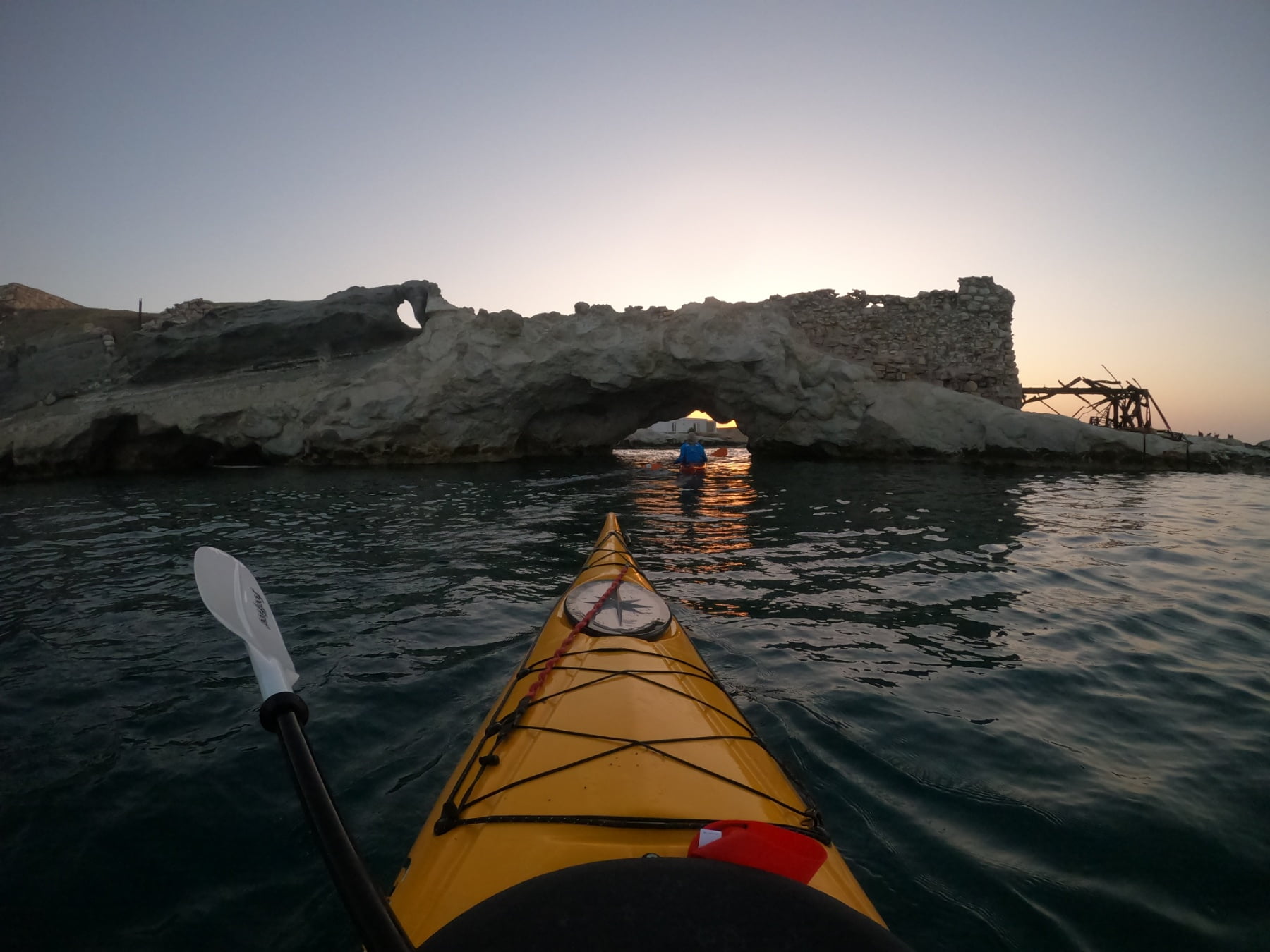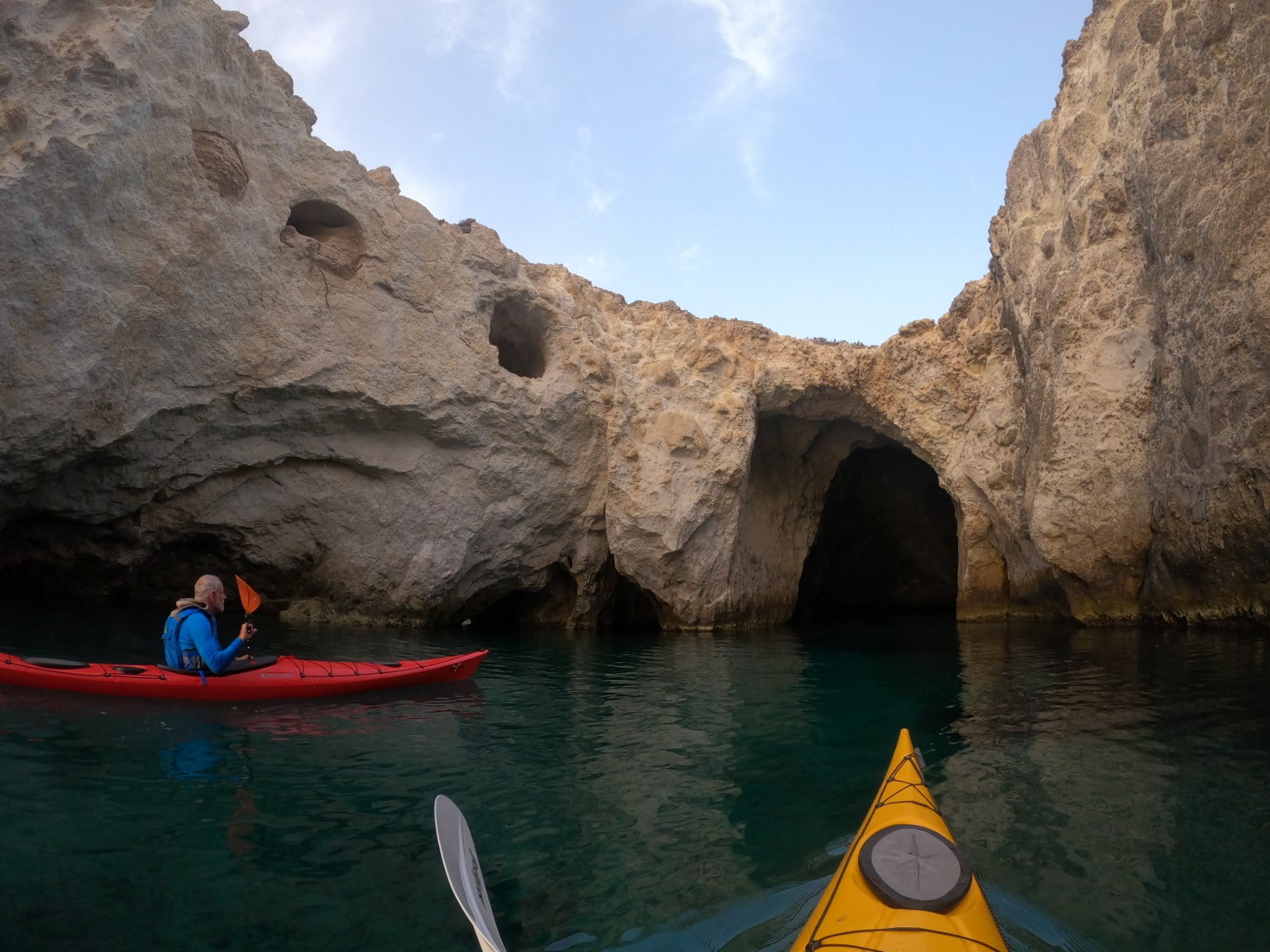Sea kayaking is an exhilarating way to explore the stunning coastal landscapes and hidden gems of the ocean. Whether you’re a seasoned paddler or a beginner ready to embark on your first adventure, having the right gear is crucial for a safe and enjoyable experience. Here’s a comprehensive guide on what to take when sea kayaking.
- Essential Kayaking Gear
- Kayak and Paddle
Your kayak and paddle are the core components of your adventure. Choose a sea kayak designed for stability and speed in open waters. Lightweight paddles, preferably made of fiberglass or carbon fiber, are ideal for longer trips as they reduce fatigue. - Personal Flotation Device (PFD)
A PFD, or life jacket, is non-negotiable. It ensures your safety in case you capsize or fall into the water. Choose a comfortable, well-fitting PFD that allows freedom of movement. - Spray Skirt
A spray skirt keeps water out of your kayak, especially in choppy conditions. Ensure it fits your kayak model and seals well around your waist.
- Kayak and Paddle
- Safety Equipment
- Whistle and Signaling Devices
Always carry a whistle for attracting attention in emergencies. Additionally, consider a waterproof flashlight or flares for visibility in low-light conditions. - First Aid Kit
A compact, waterproof first aid kit is essential for treating minor injuries. Include items like adhesive bandages, antiseptic wipes, pain relievers, and any personal medications. - Bilge Pump and Sponge
A bilge pump helps remove water from your kayak, while a sponge can soak up smaller amounts of water, keeping your kayak dry and buoyant. - Navigation Tools
A waterproof map, compass, or GPS device ensures you stay on course. Even if you’re familiar with the area, these tools are crucial in case of unexpected changes in weather or visibility.
- Whistle and Signaling Devices
- Clothing and Personal Items
- Weather-Appropriate Clothing
Dress in layers to adapt to changing weather conditions. Quick-drying, moisture-wicking fabrics are best. Consider a wetsuit or drysuit for colder waters, and always bring a hat and sunglasses for sun protection. - Footwear
Wear water shoes or sandals that provide good traction and can get wet. Avoid flip-flops as they can easily slip off and offer little protection. - Dry Bags
Dry bags keep your belongings safe and dry. Use them for storing items like your phone, camera, snacks, and extra clothing. - Sun Protection
Apply sunscreen generously and frequently. Bring a wide-brimmed hat and polarized sunglasses to protect your eyes from glare and UV rays.
- Weather-Appropriate Clothing
- Food and Hydration
- Water and Hydration Systems
Bring plenty of water to stay hydrated. Hydration packs or water bottles with easy access are ideal for sipping on the go. - Snacks and Meals
Pack energy-boosting snacks like nuts, dried fruit, and granola bars. For longer trips, consider lightweight, non-perishable meals.
- Water and Hydration Systems
- Additional Tips
- Float Plan
Inform someone of your kayaking route and expected return time. This ensures help can reach you in case of an emergency. - Buddy System
Whenever possible, paddle with a partner. It enhances safety and makes the adventure more enjoyable. - Leave No Trace
Respect the environment by carrying out all trash and minimizing your impact on natural areas.
- Float Plan
- Essential Kayaking Gear
Sea kayaking offers an incredible opportunity to connect with nature and explore beautiful coastlines. By packing the right gear and taking necessary precautions, you can ensure a safe, enjoyable, and unforgettable kayaking experience. Happy paddling!
Useful links: Paddling.com , Rei’s Sea Kayaking Checklist



Recent Comments